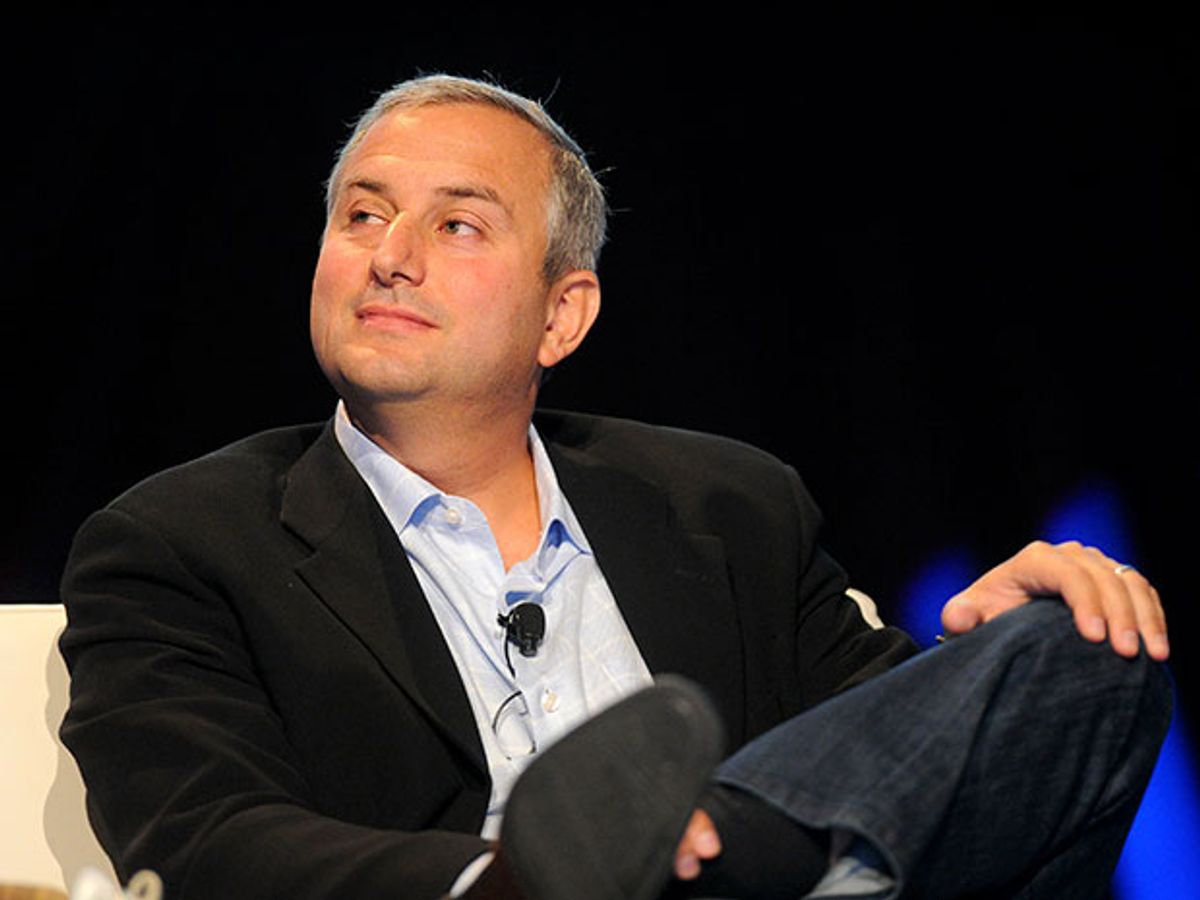The engineer whose critical blog post has roiled high-profile wireless power company uBeam is challenging statements made about him by Mark Suster, a prominent venture capitalist and uBeam investor.
Paul Reynolds, a former engineering vice president at uBeam, recently began publishing an anonymous blog that described uBeam as “the next Theranos” (a troubled biotech startup). Reynolds, who confirmed that he is the author of the post, raises substantial questions about whether uBeam can deliver the “world without wires” that it has been promising for many years.
Despite never having publicly demonstrated a practical working prototype, uBeam has been the recipient of millions of dollars in venture capital. Its founder, Meredith Perry, has received accolades throughout the business press, including in one piece that suggested she might be “the next Elon Musk.”
But physicists have long questioned the practicality of uBeam's plans to deliver electricity to mobile devices using ultrasound. Many of their concerns were outlined in an IEEE Spectrum article in November; Reynolds’ blog echoes some of the points made in that piece.
In his article today, Suster writes that when Reynolds was at uBeam, the engineer gave no indication that he had any problems with the company's direction—implying that the issues raised in Reynolds’ blog were essentially out of the blue. uBeam itself has yet to respond to anything Reynolds has written.
“Throughout my time working with him he reassured me we could solve the technical challenges and our approach was viable,” Suster writes.
But Reynolds told IEEE Spectrum that is simply not the case.
He says that he was rarely allowed to communicate directly with Suster, on account of Perry’s management preferences. But Reynolds said that in two meetings with Suster during the summer of 2015, he voiced concerns about what the company was telling investors and reporters it could do.
“I told him I had significant concerns over what I was learning was being claimed that uBeam could do,” Reynolds told IEEE Spectrum. “I made it clear that there were significant technical issues with the claims being made.”
Reynolds also says he left the company in part because he had “ethical concerns” over what the company was saying about its technology.
Reynolds says he is constrained from going into the specifics of his technical concerns, because doing so would violate the terms of the non-disclosure agreement he signed.
But skepticism about uBeam’s claims is almost universal among former uBeam engineers. The company has made an extraordinary promise: that wireless devices will be able to receive ultrasound energy for charging as easily as those devices now receive Wi-Fi signals. The current uBeam Web site even shows a flat panel TV being charged via uBeam.
Former uBeam engineers say that, at best, uBeam technology can transmit a few watts of power over a meter or two—barely enough to supply a “trickle charge” to a cell phone. They say a more powerful system would require huge amounts of electricity, would more likely than not quickly overheat, and would likely require ultrasound at levels that are potentially dangerous.
Reynolds is widely admired by current and former uBeam engineers. “Paul is an extraordinarily talented engineer and eminently trustworthy. I have not met an engineer who thinks otherwise,” says Marc Berte, an early uBeam engineer and author of several of the company's patents.
Suster has not responded to requests for comment today.
In his post, Suster said he still supports Perry. But other VC backers are more cautious. Peter Thorp, a prominent technologist and investor, told IEEE Spectrum it would take “some serious convincing” before he would invest in the company again.
“There is too much noise. There are too many flags popping up. What the heck is going on there?” Thorp says.



